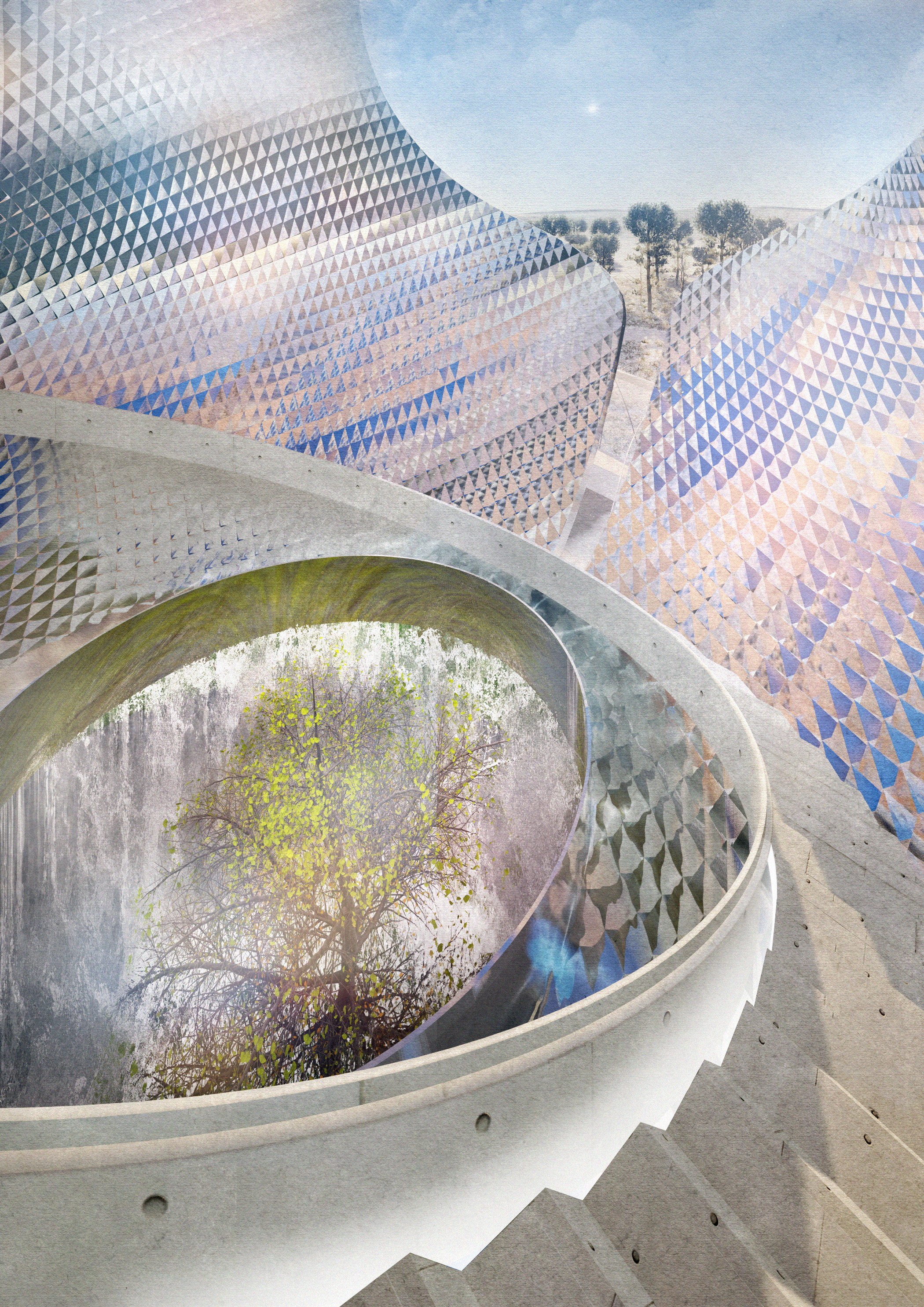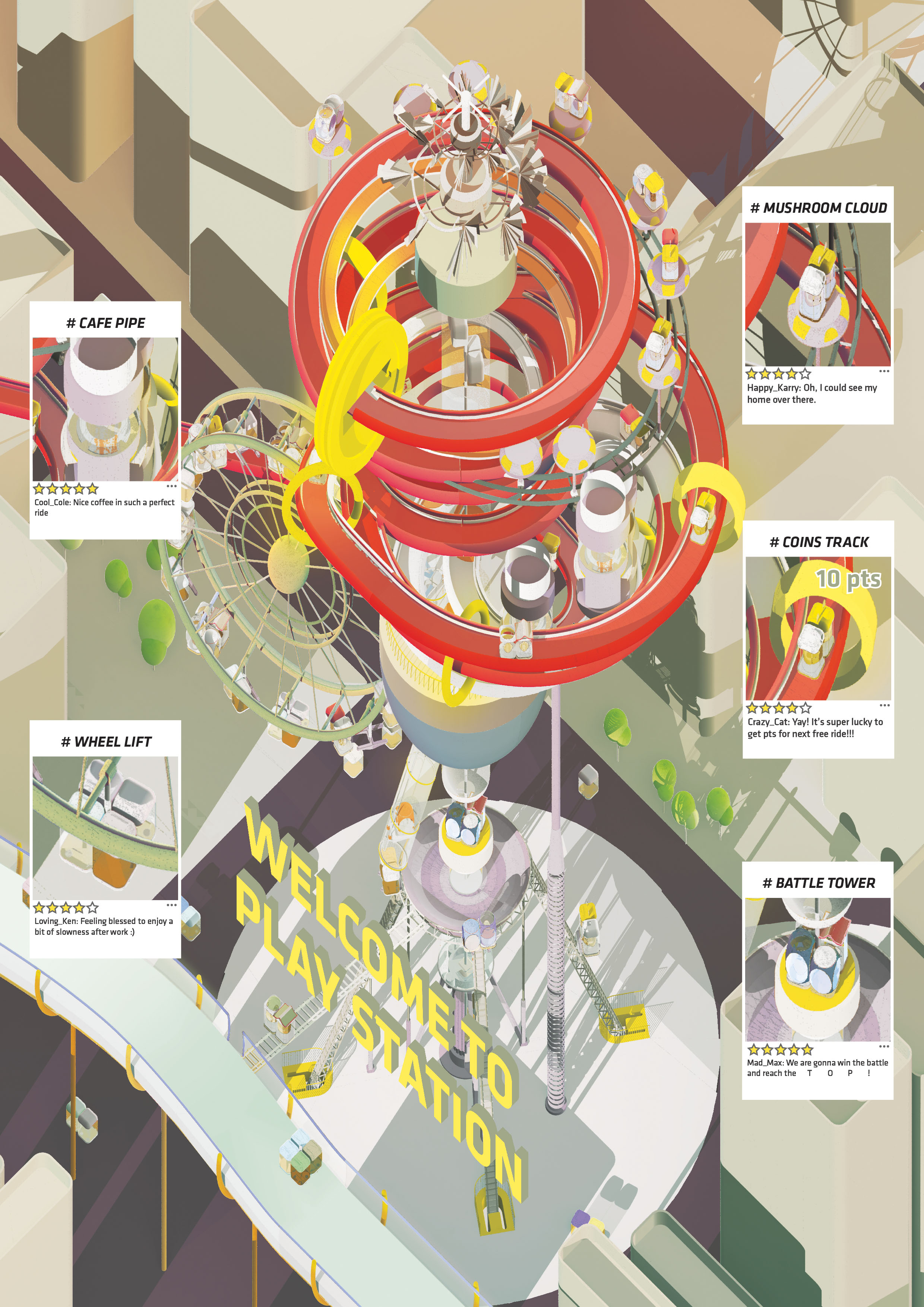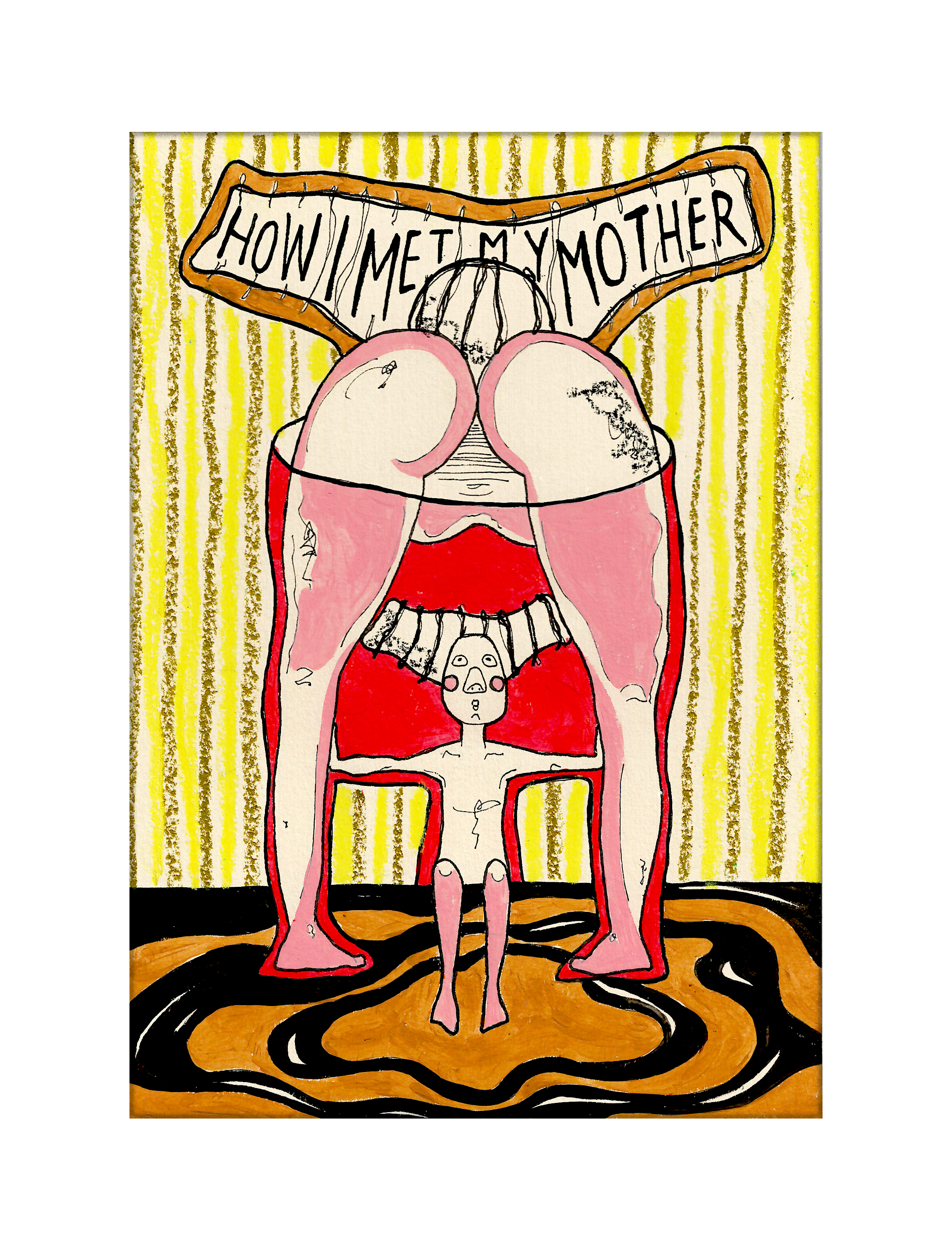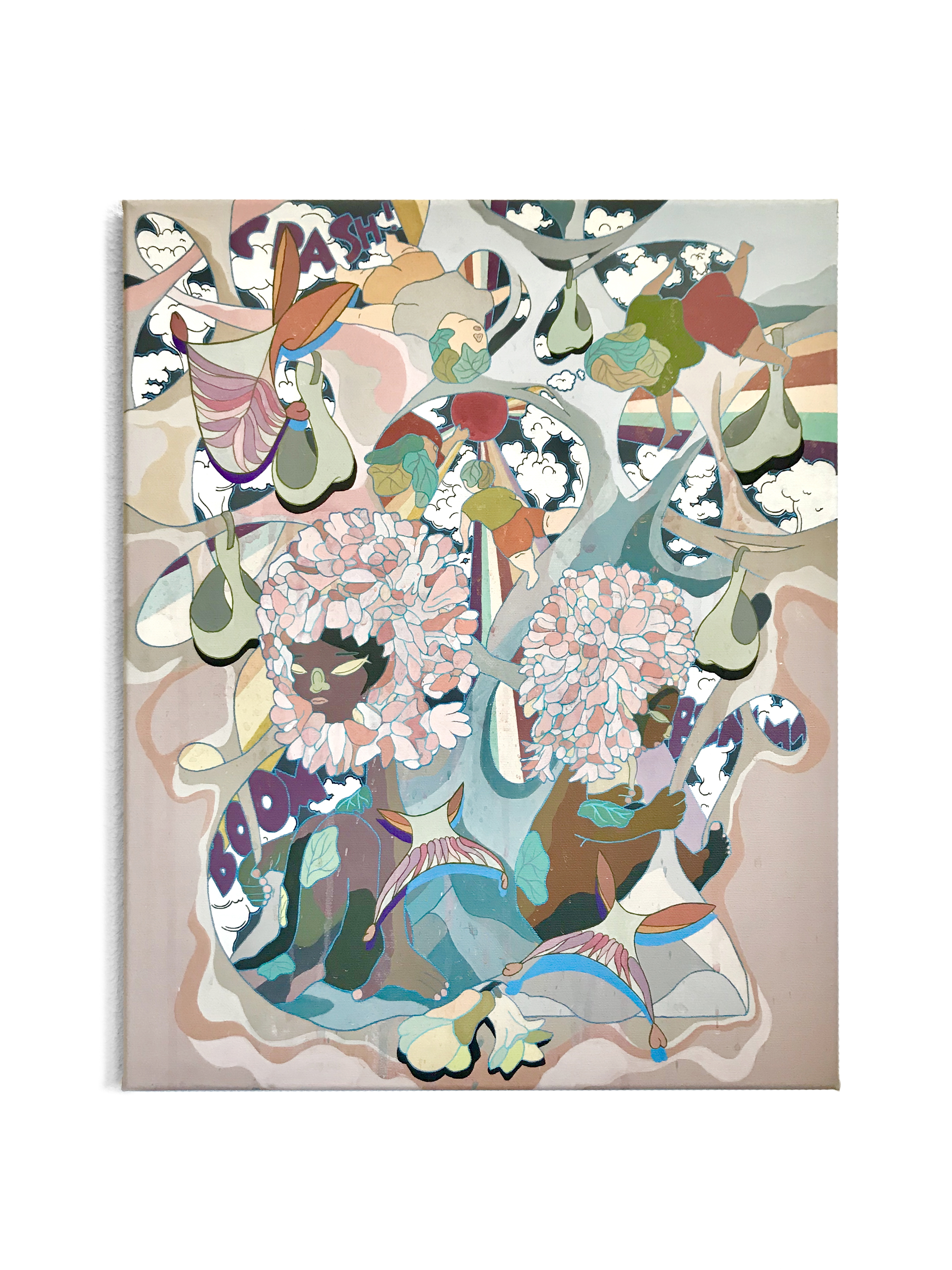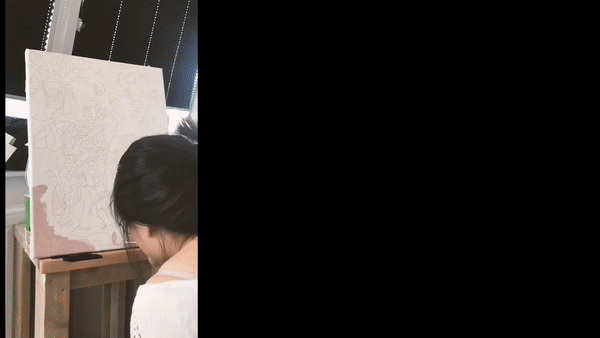Hyperbolic Continuity
Year:
Studio:
Site:
Type:
Collaboration:
Tutor:
Studio:
Site:
Type:
Collaboration:
Tutor:
Year4 / 2016-17
Fabrication
Hong Kong
Screen Wall
Bryan, Gabriel, Jacky
Ottevaere Oliver Patrick
Fabrication
Hong Kong
Screen Wall
Bryan, Gabriel, Jacky
Ottevaere Oliver Patrick




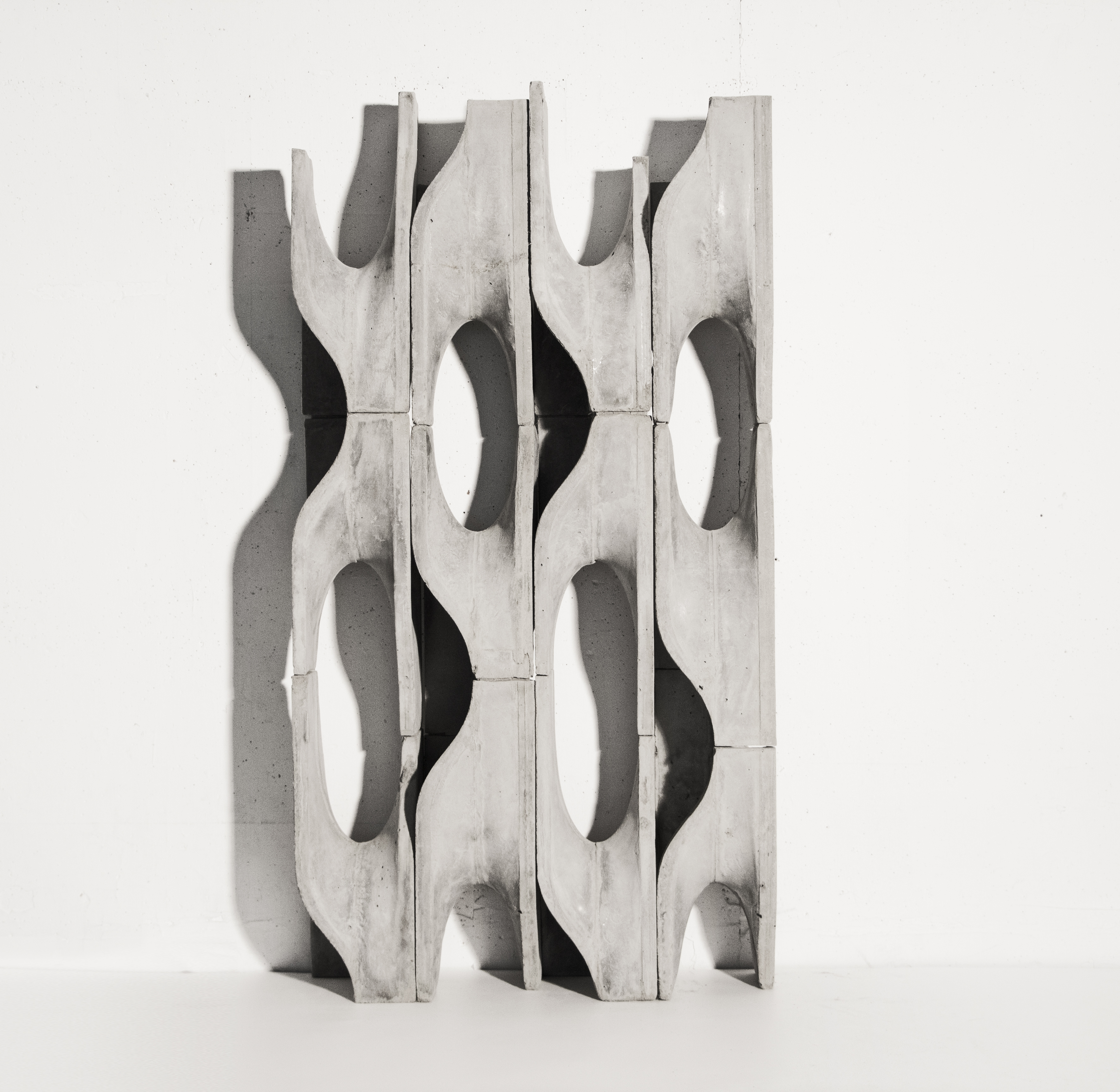
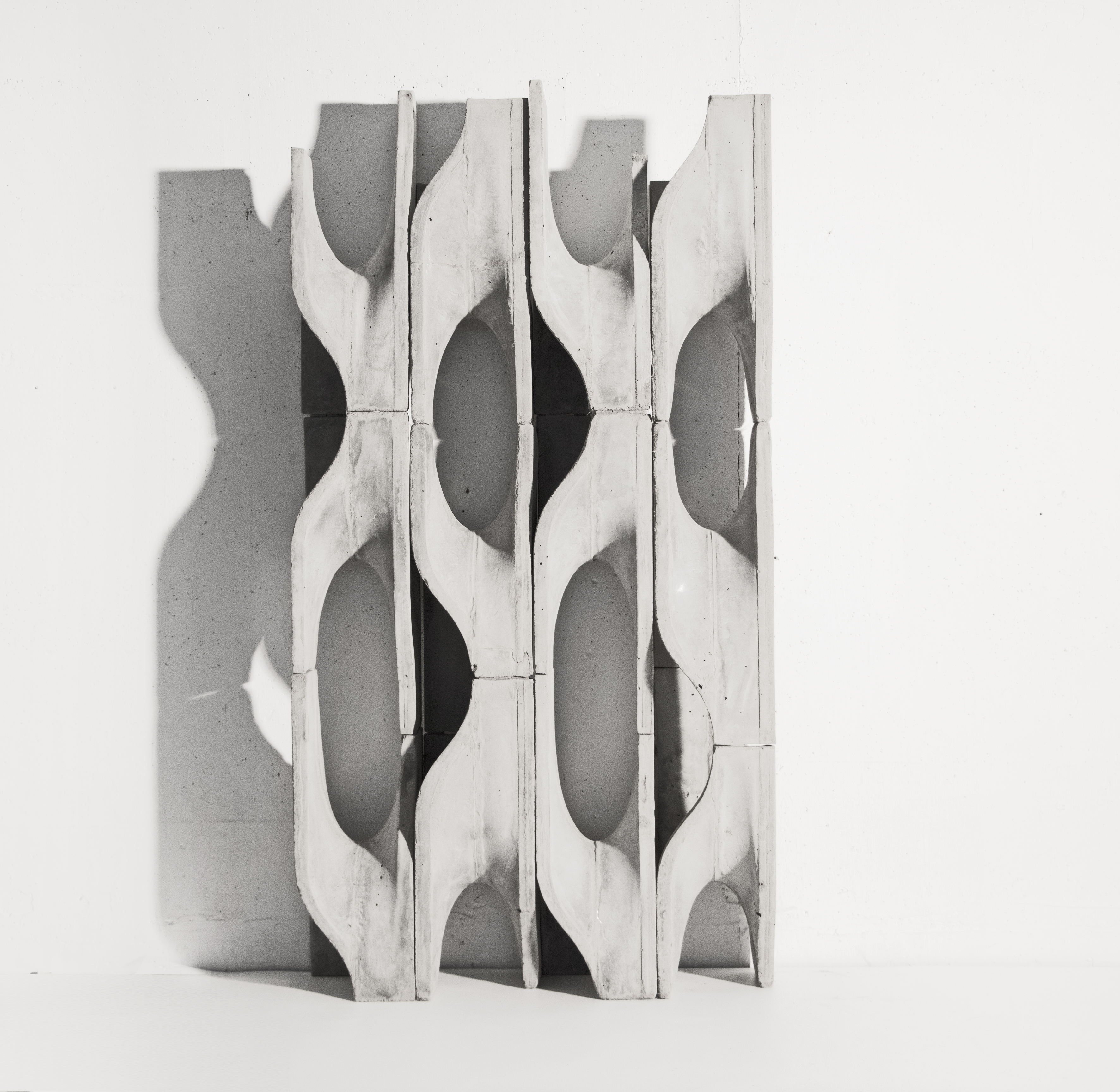



‘making ways and ways of making from modules to a screen wall...’
A one to one screen wall design was explored in the experiment of properties of concrete. Material behaviours in response to external forces were engaged while remaining receptive to its investigated scale. Throughout the design, we have experimented procedural logic of making and revisit initial design premises from a series of physical explorations at incrementing scales.
We began with a modular approach by casting various modules one by one to form the whole screen wall. We tried to develop from a generic double-curved form from the start and to introduce leg-like geometry onto the edges of the module to create a hyperbolic relationship between the different pieces. This can both enhance the visual penetration and ventilation through the screen wall.






Projecting in negative through physical explorations of adaptive formworks...
We carried out loads of physical explorations into adaptive and responsive formworks for casting procedures. To begin with, we explored ways of experimenting with liquid to solid formations by means of casting. To support this material study, various precedents of formwork strategies from the post-war era to today are the references for our experiments and pushed us to think about the methodology even more. Mould of each module is divided into eight components to facilitate easy demoulding. Ultimately, we produced a responsive, reusable, continuous, adaptive formworks to produce a whole set of concrete modules to form the screen wall.


‘Double curvature created wind tunnel for better ventilation manipulation from diverse angles’
The screen wall design takes the elements of porosity, view and ventilation into account. Started with experiment on the concept of minimal surface, we tried to keep the design light-weight, elegant and to create continuous apertures that act as a buffering zone for lighting and wind to pass through. We took in account the possible effects of the surrounding environment on our design.


